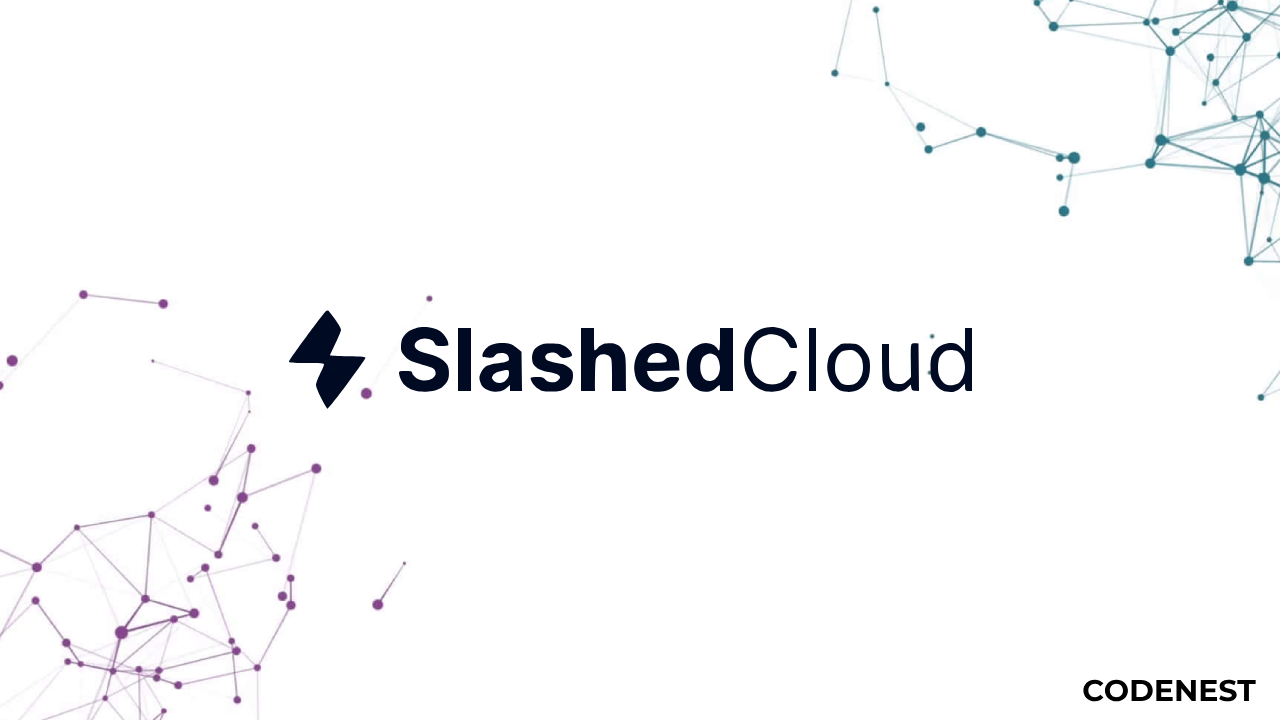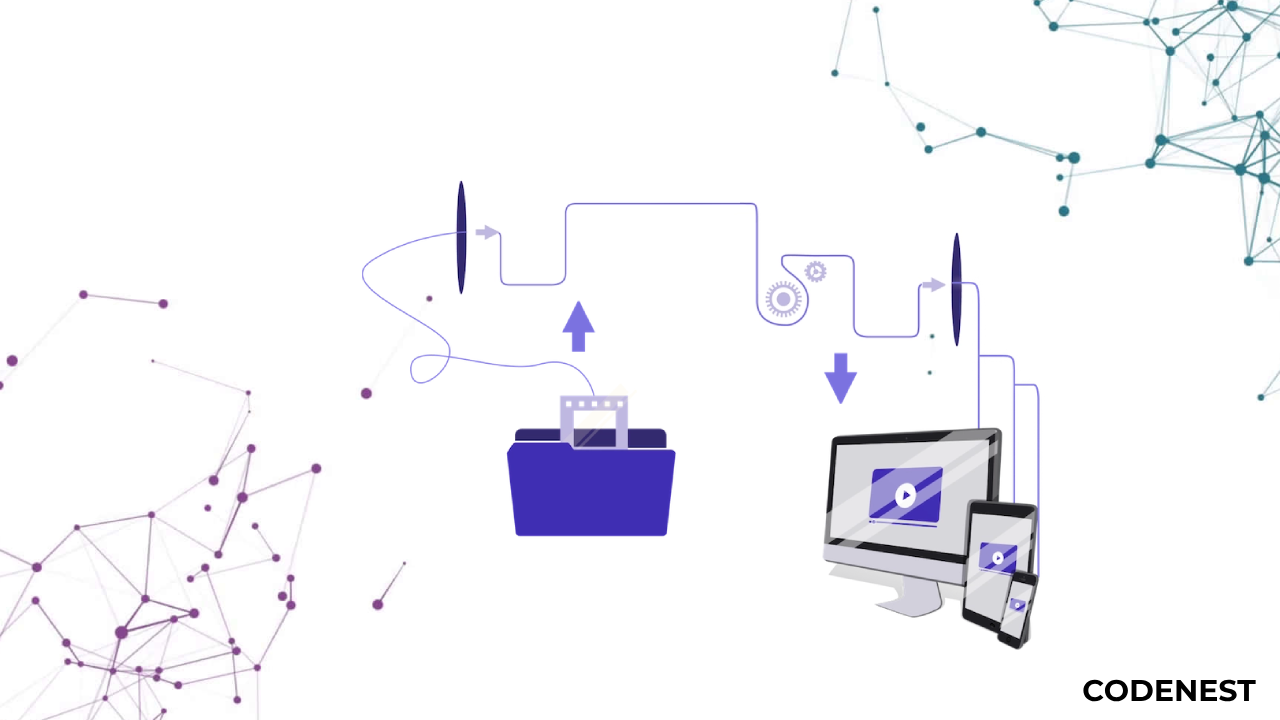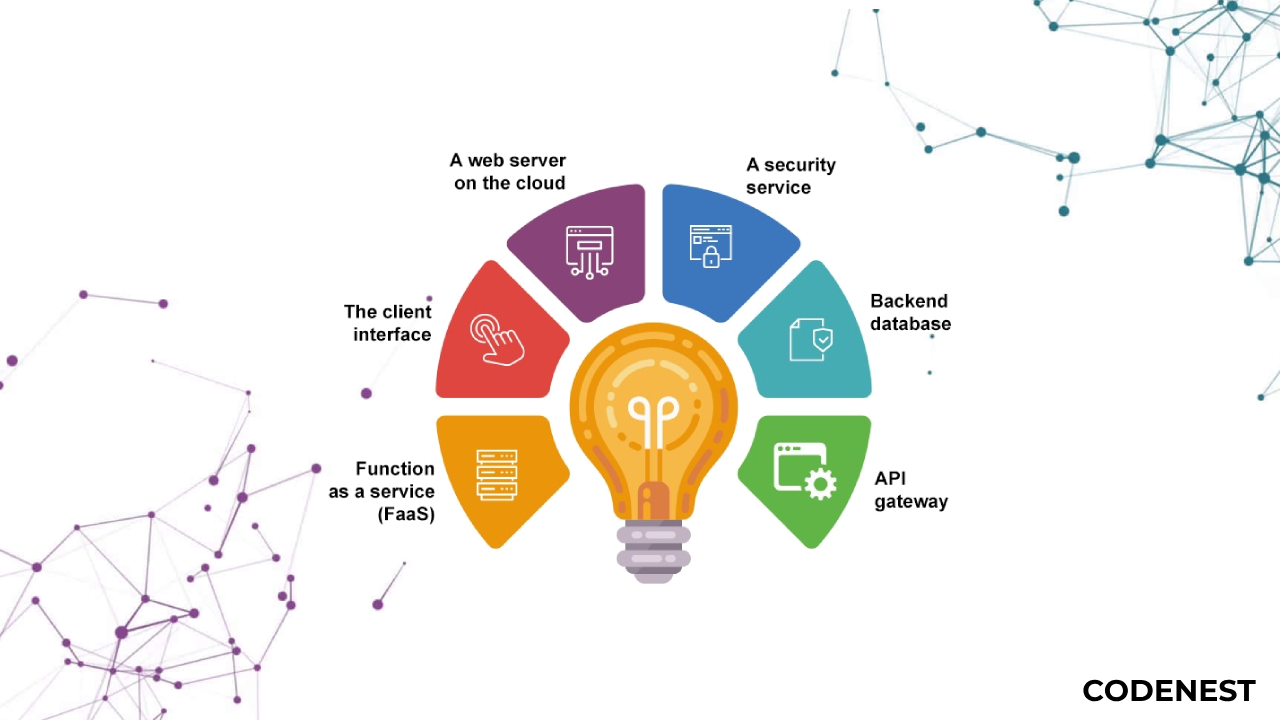In the ever-evolving landscape of digital content, the ability to efficiently transmit video data is paramount for companies seeking to harness the power of streaming, whether it be for live events or on-demand services. Central to this capability is a comprehensive understanding of video encoding and its associated processes. This guide aims to demystify video encoding, exploring key terminology, and presenting viable solutions for businesses looking to incorporate video streaming into their operations.
Unraveling Video Encoding
Video encoding is the pivotal process of compressing vast amounts of raw video data into a more compact and manageable format. In the realm of live streaming, encoding plays a crucial role in reducing bandwidth consumption, ensuring a seamless and efficient transfer of video content to viewers. Concurrently, file-based encoding is an integral component of production workflows, where large raw files undergo compression to facilitate further processing or distribution.
While software packages cater to file-based encoding, dedicated encoding hardware emerges as the preferred solution for streaming applications and dedicated, low-latency file streaming.
Decoding the Significance of Codecs
At the heart of video encoding lies the codec, serving as the algorithm responsible for compressing raw video and subsequently decompressing files for streaming or file transfer. This algorithm comprises a set of instructions guiding the encoder in reducing file size, which is then reversed by a decoder or software player, enabling end-users to visualize the video content. Predominantly, H.264 (AVC) stands as the most widely used codec, with MPEG-2 and Windows Media maintaining their relevance. While H.265 (HEVC) and AV1 are gaining traction, the landscape may witness the emergence of additional codecs in the future.
Navigating the Terrain: Video Encoding, Transcoding, and Decoding
Distinguishing Between Encoding and Transcoding
Often used interchangeably, encoding and transcoding are distinct processes, each serving a unique purpose. While encoding focuses on compressing raw data, transcoding involves translating an existing video stream or file into a different format. In essence, transcoding re-encodes a previously encoded stream or file using a different set of rules. This nuanced disparity holds particular relevance in the context of streaming.
Ensuring a uniform viewing experience for all viewers poses a challenge, given the diverse array of viewing platforms supporting different file formats. Transcoding emerges as the solution, allowing content providers to cater to a broader audience. By converting less common video file types into widely supported formats or offering multiple streaming formats, transcoding maximizes inclusivity.
Decoding the Basics: Encoding vs. Decoding
The distinction between encoding and decoding is more straightforward. Decoding is essentially the reverse of encoding, involving the transformation of an encoded and compressed stream or file back into its raw form. Raw video data, reinstated through decoding, becomes imperative for both editing processes and the unaltered viewing of the original video content.
In essence, these processes—encoding, transcoding, and decoding—constitute the backbone of video streaming, collectively ensuring the seamless delivery and consumption of digital video content. As the digital landscape continues to evolve, staying abreast of these processes becomes indispensable for businesses venturing into the realm of video streaming.
The Evolution of Codecs: Past, Present, and Future
Pioneers: H.264 (AVC), MPEG-2, and Windows Media
H.264 (AVC) stands as a trailblazer in the realm of video compression, offering a robust and widely adopted solution for encoding video content. Alongside H.264, MPEG-2 and Windows Media have left a lasting impact on the landscape, maintaining relevance despite the emergence of newer codecs.
Emerging Titans: H.265 (HEVC) and AV1
In the pursuit of higher efficiency and improved compression, H.265 (HEVC) and AV1 have risen as promising contenders. H.265, with its ability to deliver superior video quality at lower bitrates, has found applications in various streaming scenarios. AV1, an open-source codec, represents a collaborative effort to set new standards for video compression, promising better compression efficiency without compromising quality.
The Future Landscape: Exploring Potential Codecs
While the current landscape is dominated by a few key codecs, the future holds the promise of innovation. As technology advances, the industry may witness the emergence of new codecs, each aiming to address specific challenges and enhance the overall video streaming experience. The continual evolution of codecs reflects the dynamic nature of the digital content ecosystem.

Selecting the Right Tools: Software vs. Hardware Solutions
Software Solutions for File-Based Encoding
Software packages tailored for file-based encoding provide flexibility and ease of use. These solutions are particularly advantageous in scenarios where dedicated encoding hardware may not be viable or cost-effective. However, the efficiency of software solutions may vary based on the complexity of encoding requirements and the scale of operations.
Dedicated Encoding Hardware for Streaming
For companies prioritizing streaming applications and low-latency file streaming, dedicated encoding hardware emerges as a robust choice. These specialized hardware solutions optimize performance, ensuring a smooth and reliable streaming experience for both live and on-demand content. While the upfront investment may be higher, the long-term benefits in terms of efficiency and scalability make dedicated hardware a strategic choice.
Choosing the Best Video Encoding Solution
Ensuring the optimal video encoding solution is vital for businesses seeking to streamline their streaming processes. SlashedCloud emerges as a standout choice in this arena, offering cost-effective AV1 and H.265 video encoding services. With a steadfast commitment to delivering high-quality encoding solutions, SlashedCloud empowers businesses to boost streaming efficiency while maintaining uncompromised video quality. The company's competitive pricing model facilitates access to advanced video encoding for a broader spectrum of businesses. Opting for SlashedCloud enables companies to leverage cutting-edge AV1 and H.265 encoding technologies without stretching their budget.
The strategic use of AV1 and H.265 by SlashedCloud underscores its dedication to efficiency, with these codecs renowned for their superior compression capabilities. This commitment ensures a seamless and optimal streaming experience, allowing businesses to effortlessly reach a broader audience.
Conclusion:
Mastering the intricacies of video encoding is paramount for businesses venturing into the realm of streaming content. From codec evolution to choosing optimal tools, this guide serves as a compass in navigating the complex landscape. As technology advances, businesses equipped with knowledge and the right tools can elevate the streaming experience, positioning themselves as leaders in the ever-evolving digital era.



